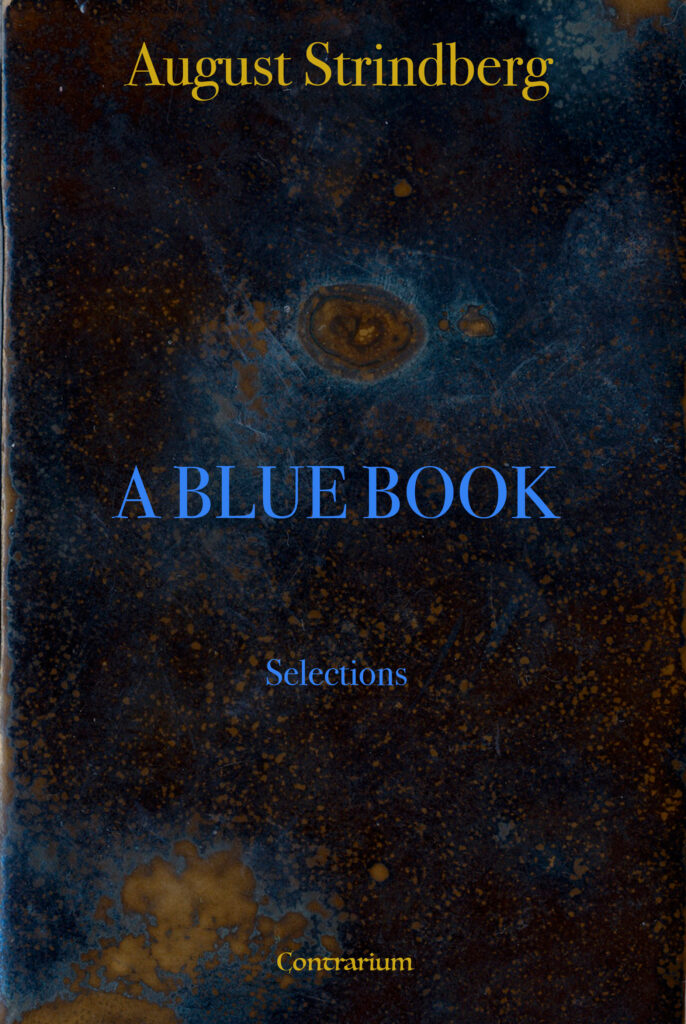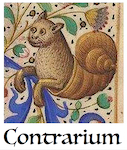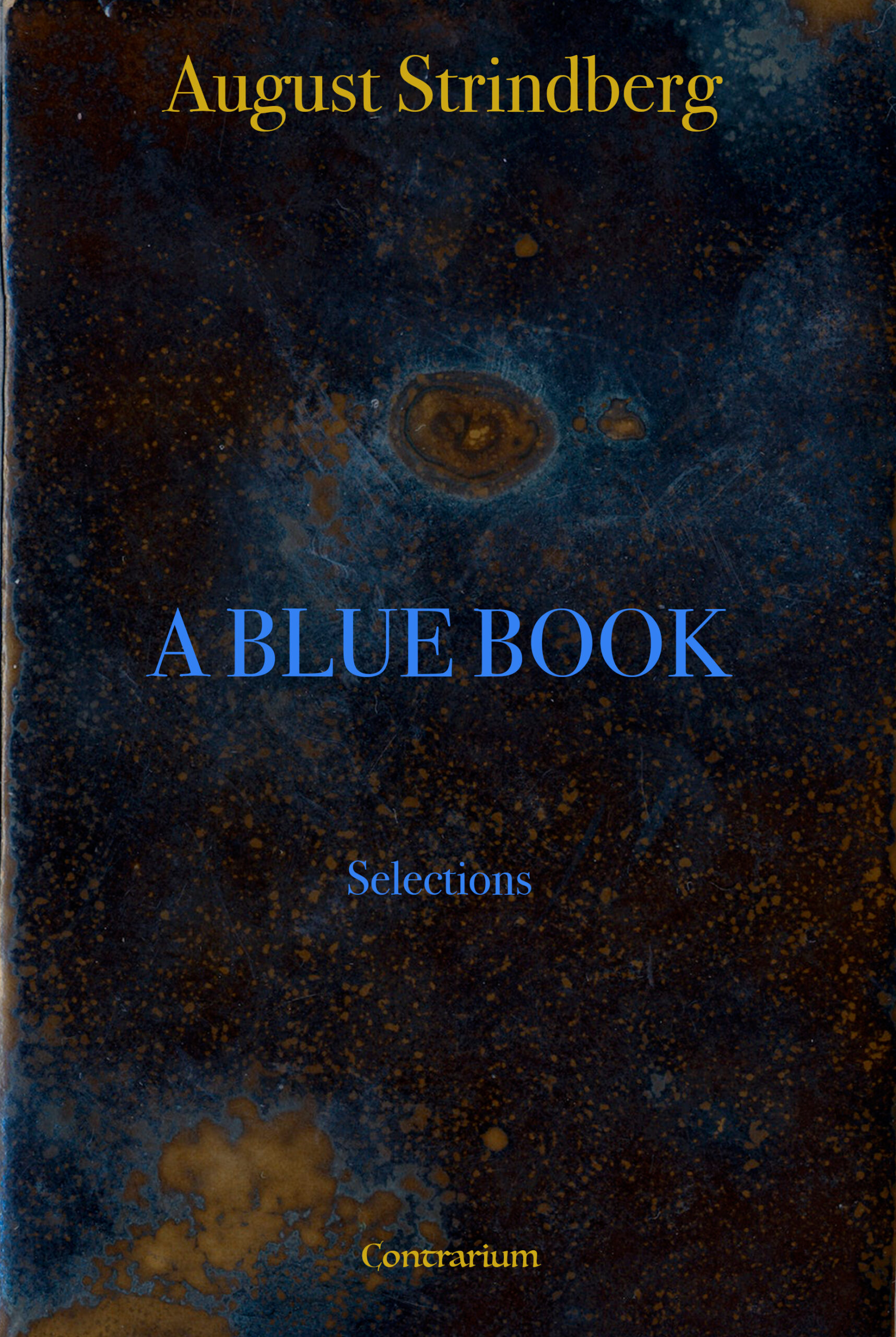I read this initially about a year ago, and thought it was quite interesting. A bit earlier I had read several of Strindberg’s plays, and also his novel-memoir “The Inferno”, so I was naturally interested in it. Now, I should say that what I read originally was called “Zones of the Spirit”, which was an excerpt of “A Blue Book” published in English in 1913; then I found out that the original work is much larger. And so, since then, I thought that I wanted to publish a larger selection of its contents.
August Strindberg’s “A Blue Book” was written between 1906 and 1912, the final period of his life, when he was influenced by his readings of the mystic Immanuel Swedenborg. During this same period he also wrote some of his best plays, including “The Ghost Sonata” .
“A Blue Book” was published in Sweden in four volumes. What we are publishing with Contrarium is a selection of volumes I and II with many texts never published in English before.
It is difficult to summarize “A Blue Book”. Many texts in the Vol. I take the form of a dialogue between a pupil and a teacher. Some interpret the pupil, sometimes also called Johann Damascenus, as being Strindberg himself, and the teacher as a proxy for Immanuel Swedenborg, the Swedish visionary who influenced Strindberg in his later years. However, since both pupil and teacher eventually make references to Strindberg’s own life, perhaps it would be more correct to understand the discussion between the pupil and the teacher as a discussion between the younger and the older Strindberg – or, at least, that’s another possible interpretation. The texts in the second volume abandon the “teacher and pupil” motif and simply consist of digressions by Strindberg himself, but basically in the same style as before, discussing themes such as love, human psychology, religion and mortality.
It is a fascinating work, which can give further insights about many of Strindberg’s later plays, as well as about “The Inferno” (1894), the narration of his previous spiritual crisis. While “The Inferno” is interesting in its own right, we believe that this book, which is in a way the solution to the preceding crisis, shows a much more serene Strindberg, a man coming to terms with life, Christianity and his own past, and offers many illuminating thoughts that can be interesting not only to scholars or those interested in the Swedish writer’s work, but to all general readers interested in religion, philosophy and human behaviour. August Strindberg (1849 – 1912) was one of the best playwrights of the modern era, author of “Miss Julie”, “To Damascus”, “The Dream Play” and many others.
Few know that Strindberg was also an excellent painter and photographer. We included here some of Strindberg’s own paintings and photographs, including his experimental “celestographs” on the cover, and also a few drawings or prints by the Norwegian painter Edvard Munch, who was a friend of the author.


